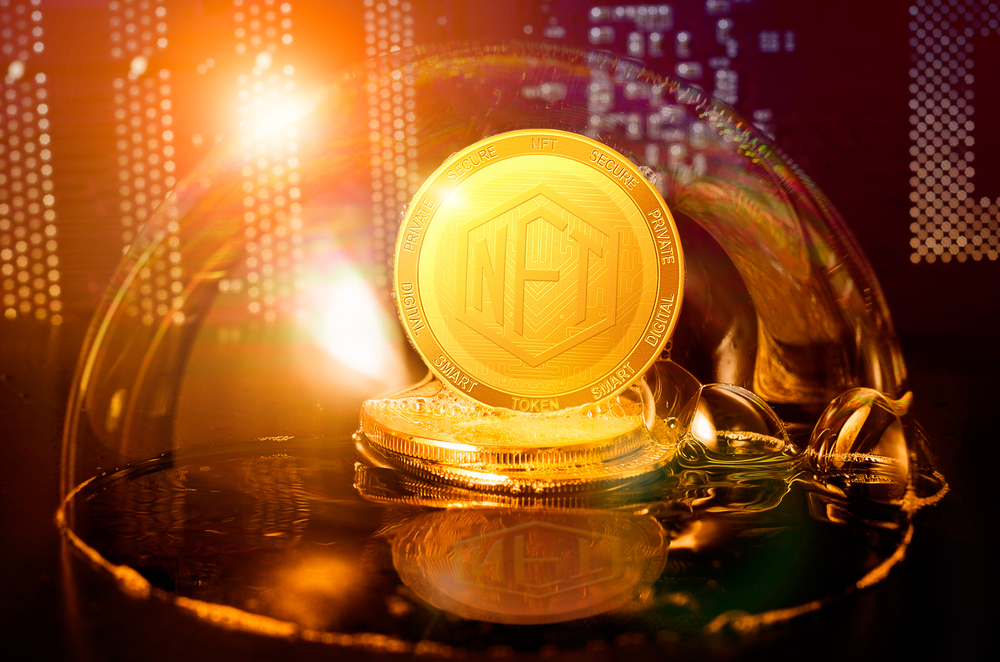Between 2020 and 2021, NFTs became a widespread and confusing element of Web3 that infiltrated the mainstream and attracted the attention of a host of celebrities.
Popular figures such as Justin Bieber, Neymar and Snoop Dogg were buying NFTs at extraordinary amounts of money believing them to be the next cultural art pieces to set the latest trend and most importantly of all, to make profit from.
However, ever since the 2022 crypto crash and the pre-and-post sceptics of the NFT height of popularity, a report from dappGambl revealed that 95% of all NFTs are now worthless in a seismic collapse of the mainstream market.
dappGambl uncovered that of the 73,257 NFTs that were identified, 69,795 held a market cap of 0 ETH, essentially a worthless investment which the report outlines affects more than 23 million people.
Due to the concerns over the current crypto market’s volatility, 77% – or four out of five – NFTs remain unsold, with more than 1,600 deemed ‘dead’, 18% worth $0 and the most common price falling between $5-$100.
Furthermore, 18% of the top collections have a floor price of zero, owing to the significant drop-off in demand for some of the more popular NFTs that were being bought during the 2021 hype era.
This fall-off was further highlighted with less than 1% of NFTs holding a price point of $6,000 and even though this may seem costly in today’s bear market, it is a far cry from the amounts they were selling for in previous years.
According to Crypto.com, the NFT ‘Merge’ is the most expensive digital collectible that was bought for $91.8m, followed by the $69.3m NFT collection titled ‘The First 5000 Days’ by Mike ‘Beeple’ Winkelmann in second.
What also may have contributed to the collapse of NFT demand is the amount of energy required to mint them, with dappGambl revealing that it takes 27,789,258 kWh resulting in an emission of approximately 16,243 metric tons of CO2 to mint 195,699 NFTs, which are yet to be claimed.
To put the energy emission cost into perspective, 16,243,017kg of CO2 is 16,243 metric tons, which is equivalent to the yearly emissions of 2,048 homes, and the yearly emissions of 3,531 cars.
However, despite the crash from 2021 peak levels and the overwhelming concern surrounding NFTs, dappGambl maintains that the Web3 function can still provide innovation in various industries and spaces.
Manchester City are incorporating NFTs into its collaborative metaverse venture with OKX to engage fans with players, while Lazio linked up with Binance to provide NFT tickets to football matches with additional benefits.
dappGambl highlighted NFTs in the gaming sector and how they can be used to digitise and protect artefacts, as well as their potential to hold value in the gig economy for events, content and services.
Payment Expert spoke to Luke Middleton, UK and Benelux Web3 Leader at Fireblocks, and whilst he acknowledged the decline in popularity and scepticism surrounding NFTs, he believes that their evolution will have the ability to “transform the world”.
He said: “NFTs are going to transform the world, they will be the underlying technology of essentially every vertical out there and a majority of business loyalty schemes, ticketing and so forth. There’s so much value in what NFTs can provide.”























